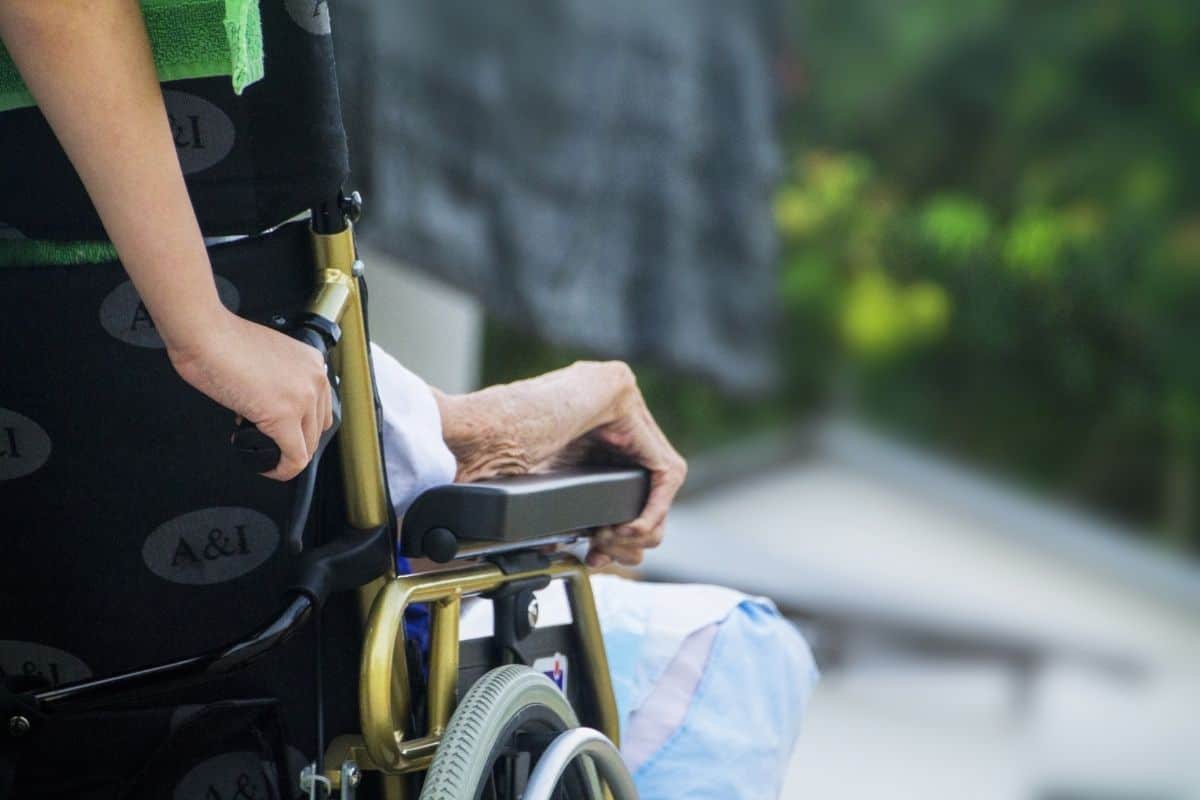Medicaid is a program funded by both state and federal government, that covers your health insurance at either no cost or at a low cost to the elderly, the disabled, families on a low income, and pregnant women.
Recipients of Medicaid in some states are eligible for hospice care when they are terminally ill and have been given a prognosis of less than six months to live .
If you have Medicare coverage, you can use your Medicaid coverage alongside it.
If you need to use your Medicaid hospice benefit, this will not affect your Medicaid coverage for any conditions or symptoms that are not related to your terminal diagnosis.
Medicaid programs may differ from state to state, and the eligibility for hospice treatments might differ too, but most states do require certification of a terminal illness by your doctor.
Your doctor must also confirm that you have a reduced life expectancy as defined by your state.
You must also agree to put an end to curative treatment unless you are under the age of 21, and accept hospice care by filling out an election form.
But what hospice services do Medicaid cover, and are there any restrictions to the services covered?
We’ll answer all of these questions below, as well as tell when hospice care begins and how much hospice care costs with Medicaid.
Table of contents
Hospice Services Covered By Medicaid

States are expected to provide hospice benefits, and these are reviewed periodically.
When each period comes to an end, the eligibility for hospice care will be reviewed and recertified by your doctor.
The Medicaid hospice benefit includes services provided by a skilled and experienced hospice team, so your physical and emotional needs are met.
These services include hospice physician services, nursing care, aide services, social worker services, medication and short-term inpatient care to manage your symptoms and relieve pain, medical supplies and equipment, therapies including physical, occupational, speech and dietary therapies, respite care, chaplain support, and bereavement counselling.
The hospice team will work alongside your physicians and family so you receive the best care possible, and are as comfortable as possible so your quality of life remains the best it can be.
Are There Any Restrictions With Hospice Services And Medicaid?
The Medicaid hospice benefit is provided by your state government, and the coverage of end-of-life services will differ depending on the state.
Most states base their Medicaid coverage on federal Medicare, so some services and treatments might be restricted.
Curative Treatment
To start hospice care under the Medicaid hospice benefit you will need to discontinue any curative treatment. However, this is not the case if you are under the age of 21.
If you’re aged 21 or under it is possible you can continue your curative treatment alongside comfort care.
Skilled Nursing Care
If you have received skilled nursing care for your illness, your Medicaid hospice benefit will not cover hospice services until the following day.
Accommodation
If you’re a resident of a nursing home or another similar facility, unfortunately the Medicaid hospice benefit does not cover the fees for your room and board.
Inpatient Respite Care
You may be required to pay 5% of the amount approved by Medicaid for short-term inpatient respite care.
Care That Is Not Arranged Or Provided By Your Hospice
Once you start to receive hospice services, the entirety of your care will be coordinated by the hospice treating you.
Frequently Asked Questions

Now that we know what exactly Medicaid covers under its hospice benefit and the eligibility criteria, let’s answer a couple more frequently asked questions.
How Much Does Hospice Care Cost With Medicaid?
Usually the entirety of hospice services are covered with no out-of-pocket cost for you and your family.
The reimbursement for hospice care is taken care of between the hospice and Medicaid, so you don’t have to worry about bills.
Where Can You Receive Hospice Services?
You can receive hospice care in many places, such as a hospital, a nursing home, an assisted living facility, or at home.
You can receive hospice care wherever you are comfortable, and wherever suits your needs.
Can You Choose To Stop Using Hospice Services?
If you wish to stop receiving hospice care, you can put an end to them whenever you wish. And if you begin to improve while receiving hospice care and do not meet the eligibility criteria, you can be discharged.
But now, if the illness progresses and your doctor assesses your condition and provides certification of a terminal illness with six months to live if the condition follows its usual course, then you may resume hospice care.
When Should You Start Hospice Care?
A common wish expressed by hospice patients and their families is to know what the right time is to start hospice care.
They also wish that they had known they could start hospice services earlier when they first received their terminal prognosis and made the most of the additional support available.
The consensus among experts is that patients receiving hospice care benefit the most from hospice services for around 2 to 3 months.
Of course, everybody is different, and it is best to discuss with your physician when the best time would be to begin hospice care.
It may be that you enter hospice care soon after your terminal prognosis, or you make use of hospice care further down the line.
Final Thoughts
Some studies have shown that patients receiving hospice care live 29 days longer on average than patients who do not receive hospice care, so if you are ever in need of it, making use of your Medicaid hospice benefits is a wise decision.
While there are restrictions to what Medicaid covers, these are rather few when compared to the numerous benefits.
Plus, as reimbursement is handled between the hospice and Medicaid, you or your family don’t need to worry about bills, and can enjoy the precious time you have together feeling comfortable and safe.
Frequently Asked Questions
Additionally, most hospice programs do not cover the use of durable medical equipment (DME). DME includes medical items such as wheelchairs, walkers, oxygen tanks and hospital beds which can be necessary for certain patients with terminal illnesses.
Routine home care, general inpatient care, continuous home care, respite.
Hospice eligibility requires that two physicians certify that the patient has less than six months to live if the disease follows its usual course. Palliative care is begun at the discretion of the physician and patient at any time, at any stage of illness, terminal or not.
